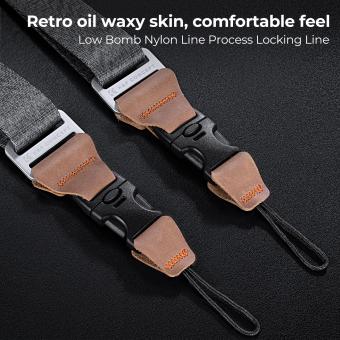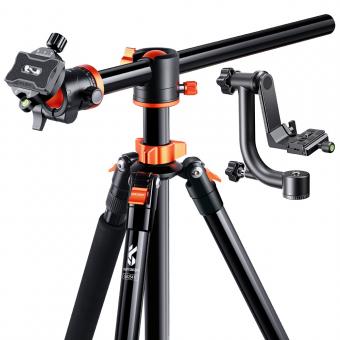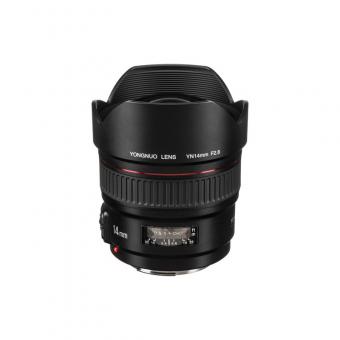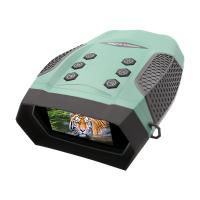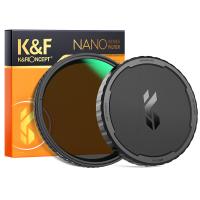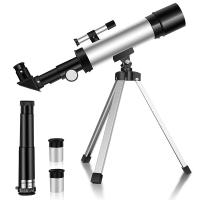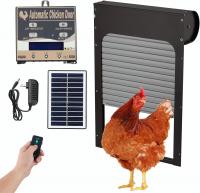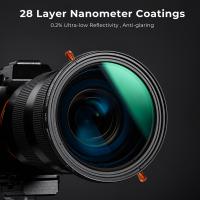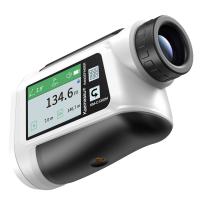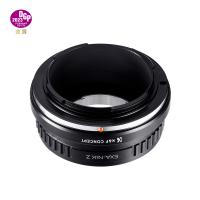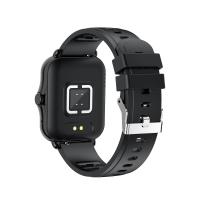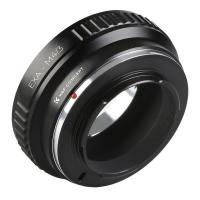What Battery For M Dslr Camera?
The type of battery needed for a DSLR camera depends on the specific make and model of the camera. It is best to refer to the camera's user manual or manufacturer's specifications to determine the exact type of battery required for your specific DSLR camera.
1、 Battery Type for DSLR Cameras
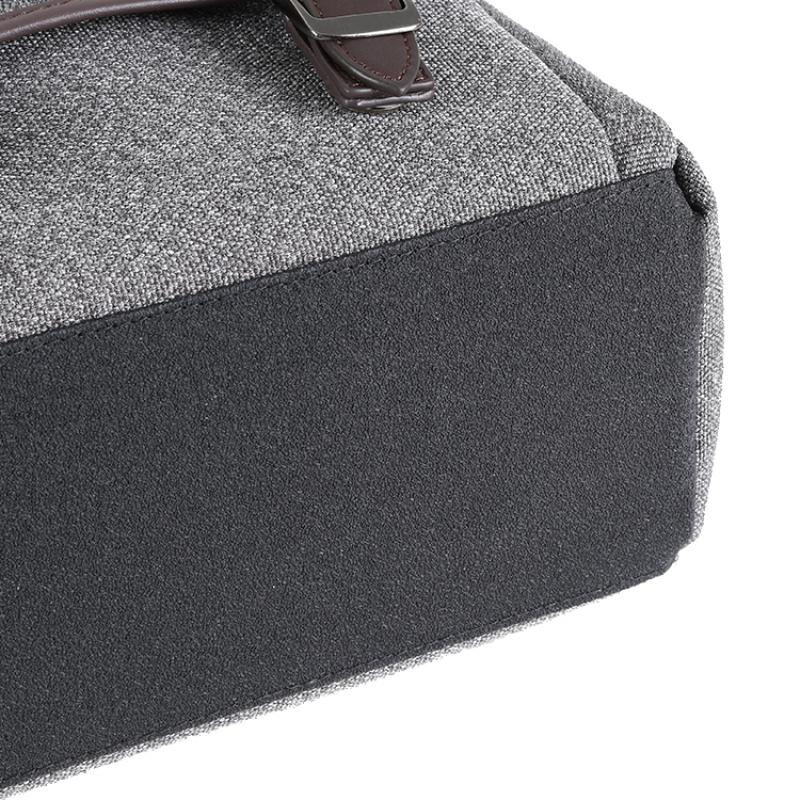
The battery type for DSLR cameras varies depending on the specific model and brand. However, the most common battery type used in DSLR cameras is the rechargeable lithium-ion battery. These batteries are known for their high energy density, which allows them to power DSLR cameras for extended periods of time. They are also lightweight and have a low self-discharge rate, making them ideal for use in portable electronic devices like DSLR cameras.
When choosing a battery for your DSLR camera, it's important to consider factors such as capacity, voltage, and compatibility with your specific camera model. Higher capacity batteries will generally provide longer shooting times, which can be particularly useful for photographers who frequently shoot in remote locations or for extended periods of time. Additionally, it's important to ensure that the battery voltage matches the requirements of your camera to avoid any potential damage.
In recent years, there has been a growing trend towards the development of more environmentally friendly battery technologies. Some camera manufacturers have started to explore the use of alternative battery chemistries, such as solid-state batteries or even fuel cells, to power DSLR cameras. These technologies aim to offer improved energy density, faster charging times, and reduced environmental impact compared to traditional lithium-ion batteries.
As technology continues to advance, we can expect to see further innovations in DSLR camera battery technology, with a focus on improving energy efficiency, reducing environmental impact, and enhancing the overall user experience. It's always a good idea to stay informed about the latest developments in battery technology to make informed decisions when choosing a battery for your DSLR camera.
2、 Capacity and Voltage Requirements
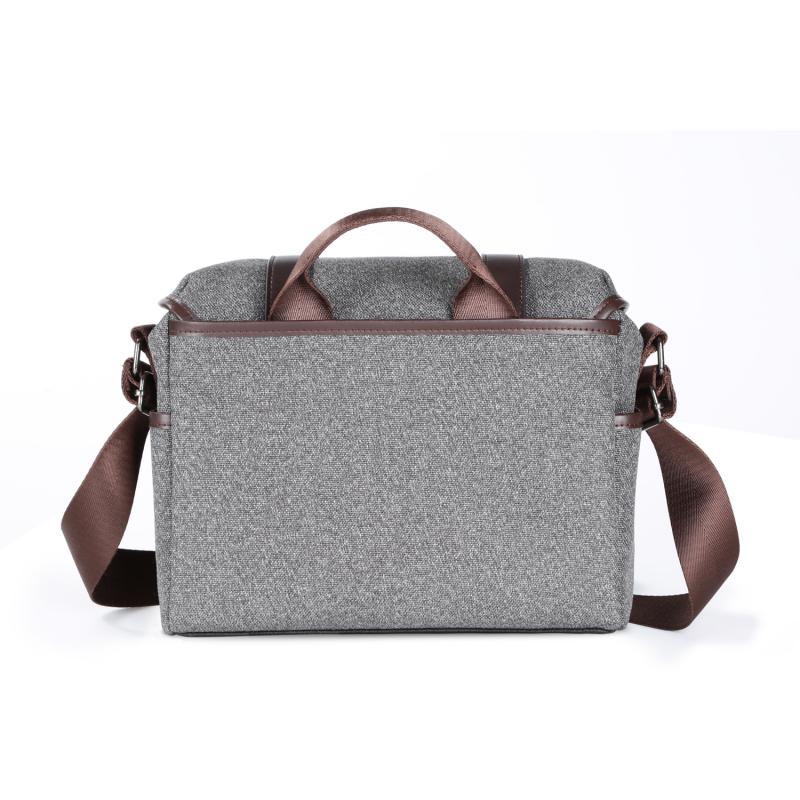
The battery for a DSLR camera typically depends on the specific model of the camera. However, most DSLR cameras use rechargeable lithium-ion batteries. These batteries are preferred for their high energy density, which allows them to power the camera for extended periods of time without needing frequent recharging. When selecting a battery for your DSLR camera, it's important to consider both the capacity and voltage requirements.
Capacity refers to the amount of charge the battery can hold, typically measured in milliampere-hours (mAh). Higher capacity batteries will generally last longer between charges, making them ideal for photographers who need extended usage without access to power sources. Voltage requirements vary between camera models, but most DSLR cameras operate on a voltage of around 7.2V to 8.4V.
It's important to use batteries that are specifically designed for your camera model to ensure compatibility and optimal performance. Using third-party or generic batteries may not provide the same level of reliability and could potentially damage the camera.
From a latest point of view, advancements in battery technology have led to the development of more efficient and longer-lasting lithium-ion batteries. Some newer DSLR models may also support USB charging, allowing users to power their cameras using portable power banks or other USB power sources. This can be particularly useful for photographers who need to extend their shooting time while on the go.
In conclusion, when selecting a battery for your DSLR camera, it's essential to consider the capacity and voltage requirements specified by the camera manufacturer. Additionally, staying informed about the latest advancements in battery technology can help photographers make informed decisions about powering their equipment.
3、 Brand Compatibility and Recommendations
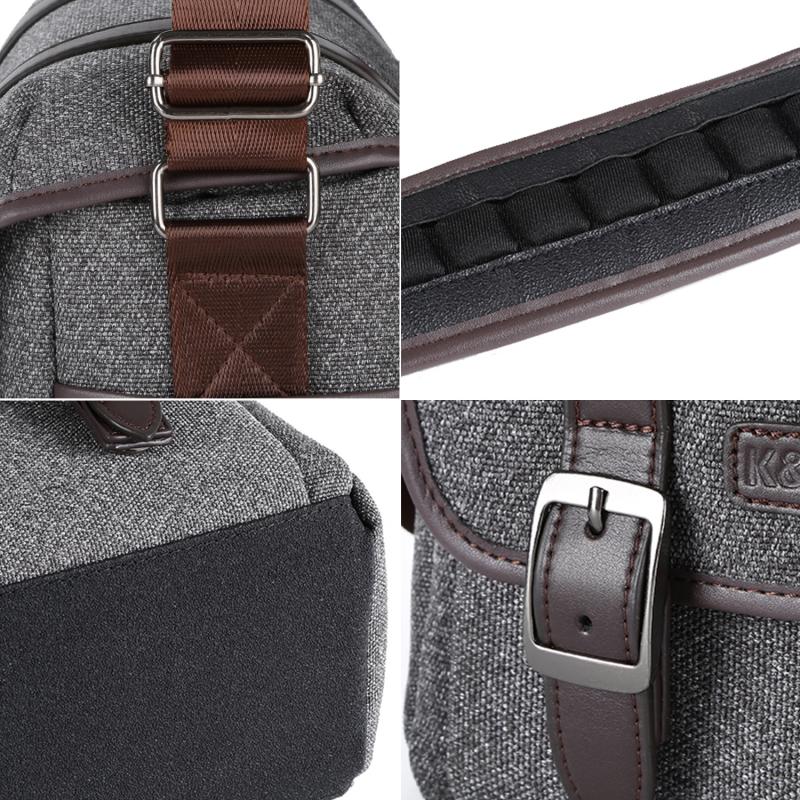
When it comes to choosing the right battery for your DSLR camera, it's important to consider brand compatibility and recommendations to ensure optimal performance. Different camera brands have specific battery requirements, and using the wrong type of battery can potentially damage your camera or lead to subpar performance.
For Canon DSLR cameras, the LP-E6 series batteries are widely recommended and compatible with a range of models including the EOS 5D, 6D, 7D, and 80D. These batteries offer reliable power and are often included with the purchase of a new camera. Additionally, third-party options such as the Wasabi Power or STK LP-E6 batteries are popular choices for Canon users, offering a more affordable alternative without compromising on performance.
For Nikon DSLR cameras, the EN-EL15 series batteries are the go-to choice for many photographers. These batteries are compatible with models like the D7000, D7100, D750, and D810, providing long-lasting power for extended shooting sessions. Third-party options such as the Ravpower or Newmowa EN-EL15 batteries are also well-regarded for their reliability and cost-effectiveness.
As for the latest point of view, advancements in battery technology have led to the development of higher capacity and longer-lasting batteries for DSLR cameras. Some newer models may be compatible with updated battery options that offer improved performance and extended shooting capabilities. It's always a good idea to check for the latest recommendations and reviews to ensure you're using the best battery for your specific camera model.
4、 Charging and Maintenance Tips
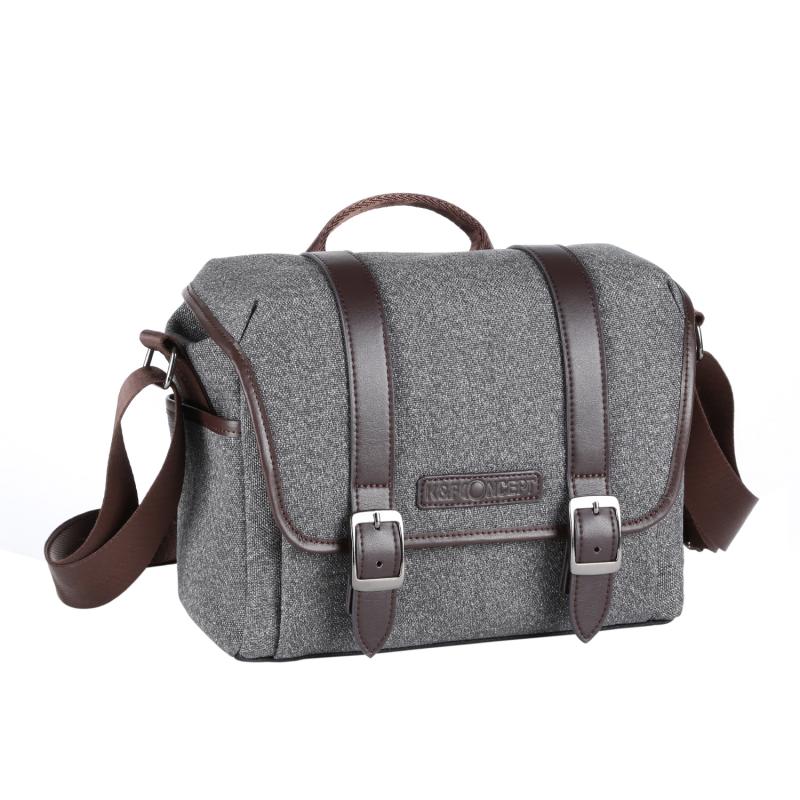
"What battery for my DSLR camera?"
When it comes to choosing the right battery for your DSLR camera, it's important to consider factors such as capacity, compatibility, and reliability. Most DSLR cameras use rechargeable lithium-ion batteries, which offer a good balance of power and portability. It's essential to use a battery that is specifically designed for your camera model to ensure proper functionality and safety.
When selecting a battery for your DSLR camera, look for one with a high capacity to ensure a longer shooting time without needing to recharge. Additionally, consider investing in a spare battery to have as a backup, especially for extended photo sessions or travel.
Charging and Maintenance Tips:
1. Use the manufacturer's recommended charger: Always use the charger provided by the camera manufacturer to ensure compatibility and safety. Avoid using third-party chargers that may not provide the correct voltage or current, which could potentially damage the battery or camera.
2. Avoid overcharging: It's important to avoid overcharging the battery, as this can reduce its overall lifespan. Once the battery is fully charged, unplug it from the charger to prevent overcharging.
3. Store the battery properly: When not in use, store the battery in a cool, dry place away from direct sunlight and extreme temperatures. This will help maintain the battery's performance and prolong its lifespan.
4. Regularly use and recharge the battery: Lithium-ion batteries perform best when they are used regularly and recharged before they are completely drained. Avoid letting the battery sit unused for long periods, as this can lead to capacity loss.
5. Consider the latest advancements: With advancements in battery technology, newer models may offer improved capacity and performance. Consider upgrading to the latest compatible battery for your DSLR camera to take advantage of these benefits.
By following these charging and maintenance tips, you can ensure that your DSLR camera battery remains in optimal condition, providing reliable power for your photography needs.




